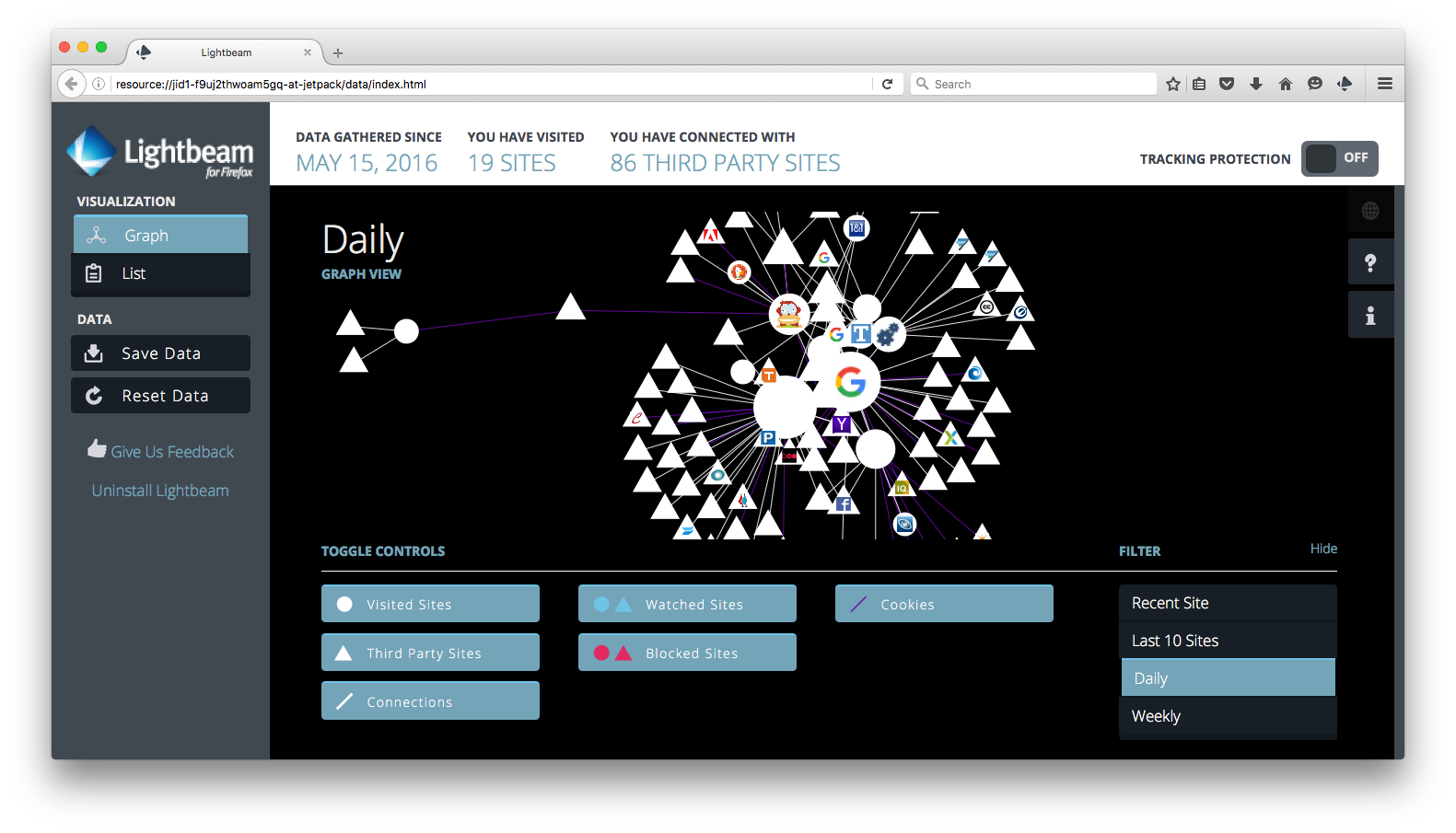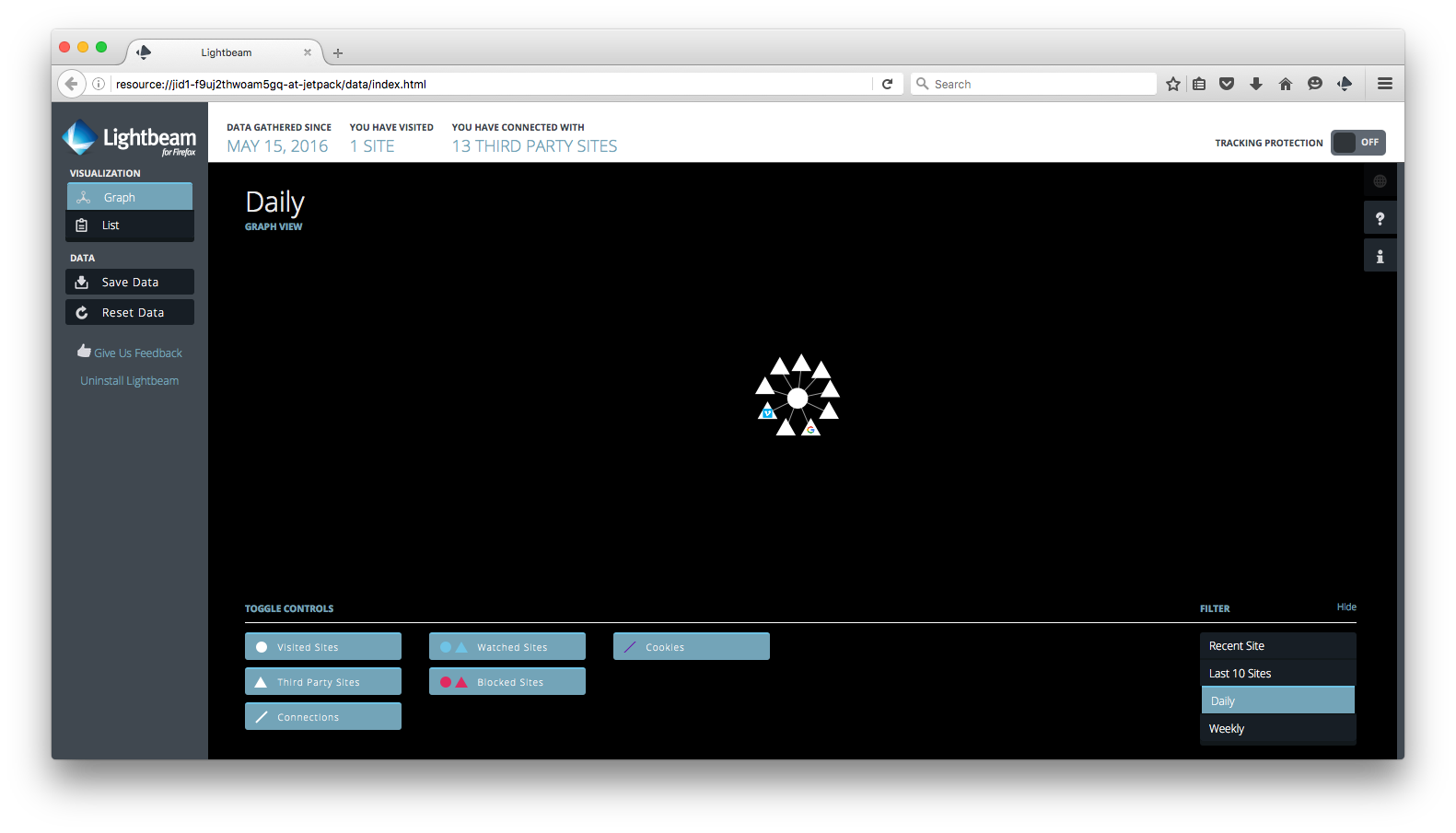osxfortress
OS X Fortress: Firewall, Blackhole, and Privatizing Proxy for Trackers, Attackers, Malware, Adware, and Spammers
Kernel-level, OS-level, and client-level security for OS X. Built to address a steady stream of attacks visible on snort and server logs, as well as blocks ads, malicious scripts, and conceal information used to track you around the web. After this package was installed, snort and other detections have fallen to a fraction with a few simple blocking actions. This setup is a lot more capable and effective than using a simple adblocking browser add-on. There's a world of difference between ad-filled web pages with and without a filtering proxy server. It's also saved me from inadvertantly clicking on phishing links.
Public Service Announcement
This firewall is configured to block all known tracker and adware content—in the browser, in-app, wherever it finds them. Many websites now offer an additional way to block ads: subscribe to their content. Security and privacy will always necessitate ad blocking, but now that this software has become mainstream with mainstream effects, ad blocker users must consider the potential impact of ad blocking on the writers and publications that are important to them. Personally, two publications that I gladly pay for, especially for their important 2016 US Presidential election coverage, are the New York Times and The Atlantic. I encourage all users to subscribe to their own preferred publications and writers.
Tracker blocking
Lightbeam, the tracking tracker Firefox add-on, shows how ad- and tracker-blocking works to prevent third parties monitoring you or your children's online activities. My daughter enjoys the learning exercises at the children's website ABCya!. The Lightbeam graph below on the left shows all the third party trackers after less than a minute of browser activity, without using a privatizing proxy. The graph on the right shows all this tracker activity blocked when this privatizing proxy is used.
 |
 |
|---|---|
| Lightbeam graph without proxy | Lightbeam graph with proxy |
This problem is the subject of Gary Kovacs's TED talk, Tracking Our Online Trackers:
Attack blocking
The snort intrusion detection system reports far fewer events when known attack sites are blackholed by the packet filter:
| snort+BASE Overview | snort+BASE Events |
Proxy features
This package uses these features:
- OS X adaptive firewall
- Adaptive firewall to brute force attacks
- IP blocks updated about twice a day from emergingthreats.net (IP blocks, compromised hosts, Malvertisers) and dshield.org’s top-20
- Host blocks updated about twice a day from hphosts.net
- Special proxy.pac host blacklisting from hostsfile.org
The install script readme-and-install.sh installs and configures an OS X Firewall and Privatizing Proxy. It will:
- Prompt you to install Apple's Xcode Command Line Tools and Macports
- Uses Macports to download and install several key utilities and applications (wget gnupg p7zip squid privoxy nmap)
- Configure OS X's PF native firewall (man pfctl, man pf.conf), squid, and privoxy
- Turn on OS X's native Apache webserver to serve the Automatic proxy configuration http://localhost/proxy.pac
- Networking on the local computer can be set up to use this Automatic Proxy Configuration without breaking App Store or other updates (see squid.conf)
- Uncomment the nat directive in pf.conf if you wish to set up an OpenVPN server
- Install and launch daemons that download and regularly update open source IP and host blacklists. The sources are emergingthreats.net (net.emergingthreats.blockips.plist), dshield.org (net.dshield.block.plist), hosts-file.net (net.hphosts.hosts.plist), and securemecca.com (net.securemecca.pac.plist)
- Installs a user launch daemon that deletes flash cookies not related to Adobe Flash Player settings every half-hour (http://goo.gl/k4BxuH)
- After installation the connection between clients and the internet looks this this:
Application ➡️port 3128➡️ Squid ➡️port 8118➡️ Privoxy ➡️ Internet
Installation
sudo sh ./readme-and-install.sh
Notes
- Configure the squid proxy to accept connections on the LAN IP and set LAN device Automatic Proxy Configurations to http://lan_ip/proxy.pac to protect devices on the LAN.
- Count the number of attacks since boot with the script pf_attacks. ``Attack'' is defined as the number of blocked IPs in PF's bruteforce table plus the number of denied connections from blacklisted IPs in the tables compromised_ips, dshield_block_ip, and emerging_threats.
- Both squid and Privoxy are configured to forge the User-Agent. The default is an iPad to allow mobile device access. Change this to your local needs if necessary.
- Whitelist or blacklist specific domain names with the files
/usr/local/etc/whitelist.txtand/usr/local/etc/blacklist.txt. After editing these file, use launchctl to unload and load the plist/Library/LaunchDaemons/net.hphosts.hosts.plist, which recreates the hostfile/etc/hosts-hphostand reconfigures the squid proxy to use the updates. - Sometimes pf and privoxy do not launch at boot, in spite of the use of the use of their launch daemons. Fix this by hand after boot with the scripts
osxfortress_boot_check, or individually usingpf_restart,privoxy_restart, andsquid_restart. And please post a solution if you find one. - All open source updates are done using the
wget -Noption to save everyone's bandwidth
Security
- These services are intended to be run on a secure LAN behind a router firewall.
- The default proxy configuration will only accept connections made from the local computer (localhost). If you change this to accept connections from any client on your LAN, do not configure the router to forward ports 3128 or 8118, or you will be running an open web proxy.
